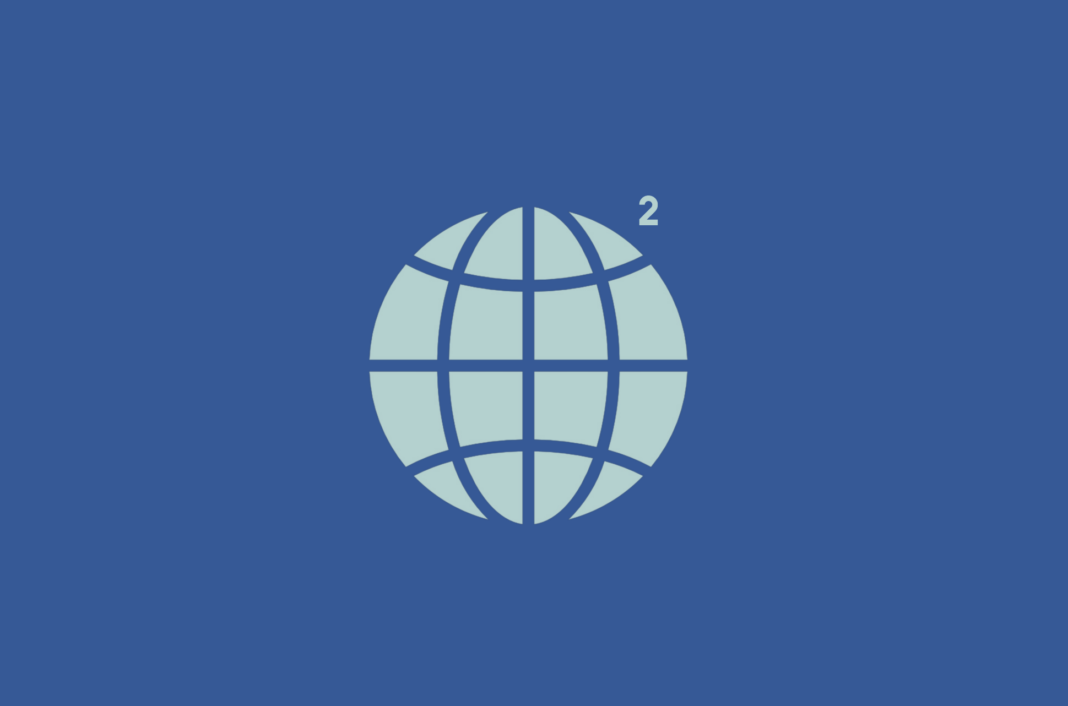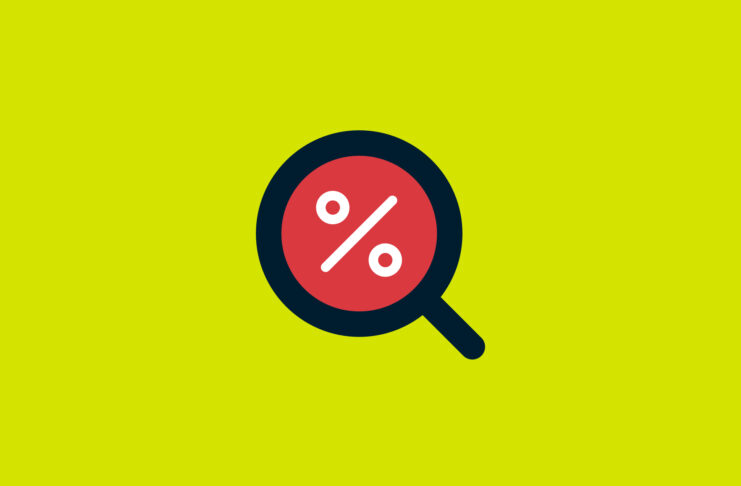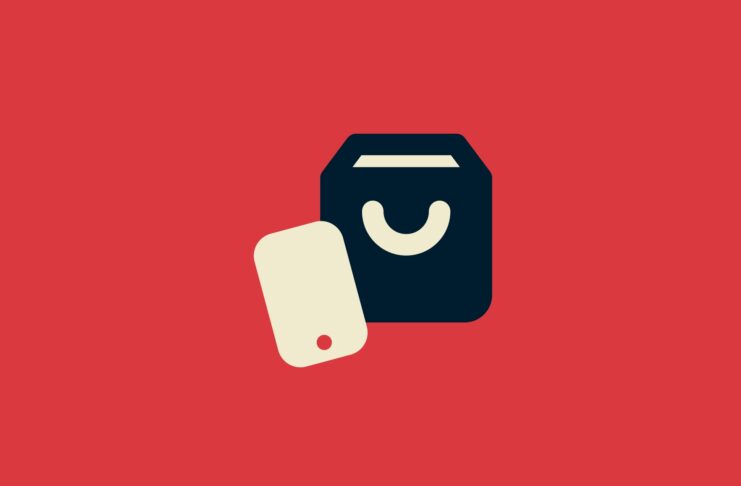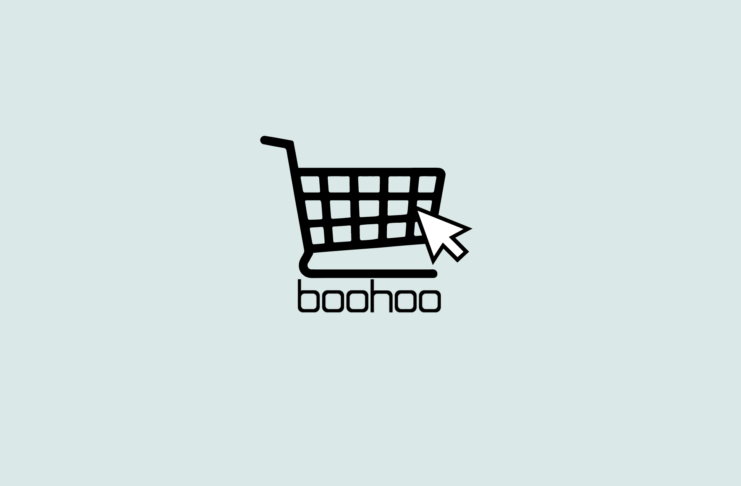While browsing the internet, often we see URLs that say “www2” rather than “www”. But what does that extra “2” signify?
WWW2 represents a specific application of web addressing that enhances website performance and reliability. By delving into the nuances of WWW2, including its historical roots and operational mechanics, we provide a comprehensive guide to this lesser-known aspect of web infrastructure.
What is WWW2?
WWW2 is a subdomain, often seen as a prefix in web addresses., It doesn’t indicate a new version of the World Wide Web but is a method used for load balancing and server redundancy. If you land on a WWW2 page, it usually suggests that the site’s main server is getting too busy, so your traffic has been sent to a second server. By distributing traffic among multiple servers, websites are able to enhance the user experience by reducing load times and increasing site reliability during high traffic periods.
This naming convention, starting with “WWW” and followed by a number, allows administrators to create a series of subdomains or hostnames that can be easily identified and managed. It’s part of a broader strategy to ensure that a website remains accessible and efficient, by spreading requests across several resources instead of relying on a single server.
While WWW2 pages are often copies of the WWW version of those pages, a site could also choose to divide up its pages by allocating some to WWW and some to WWW2, which is also an effective way of distributing the load.
The history behind WWW2 naming conventions
In the early days of the web, a single server often sufficed for hosting a website. However, as the internet expanded and user numbers surged, the limitations of this approach became evident.
Subdomains were introduced as a solution to these challenges, allowing for greater flexibility in how web resources were allocated and accessed. The “WWW” prefix, traditionally standing for “World Wide Web,” set the standard for accessing websites—but it is considered somewhat arbitrary. The introduction of “WWW2” and similar prefixes marked a shift towards more dynamic and scalable web infrastructures, enabling websites to support larger audiences and offer faster, more reliable access to their content.
The practice also offered a straightforward approach to balancing traffic without needing complex technologies or significant infrastructure changes. By simply directing some of the traffic to WWW2 or WWW3, websites could leverage existing hardware more effectively, optimizing resources and minimizing bottlenecks.
How WWW2 works
The WWW2 naming convention operates by directing web traffic across multiple servers, each labeled with a unique subdomain (e.g., WWW2, WWW3). This method is rooted in the Domain Name System (DNS), which translates user-friendly domain names into IP addresses that computers use to identify each other on the network.
When a user attempts to access a website via a WWW2 subdomain, the DNS server responds with the IP address of an alternative server. This server is typically configured to handle overflow traffic or to serve as a backup, ensuring the main site remains accessible and responsive, even during peak usage times.
This load distribution mechanism is crucial for websites that experience variable traffic volumes. By spreading requests across several servers, it prevents any single server from becoming overwhelmed. This not only improves site speed and reliability but also enhances the overall user experience by reducing page load times.
Administrators can implement the WWW2 convention through DNS round-robin, a simple form of load balancing. This technique rotates DNS responses so that different servers are used at different times. It requires minimal setup and is effective for distributing traffic evenly across a set of servers.
The effectiveness of WWW2 relies on the underlying network infrastructure and the synchronization between servers. To maintain consistency in the content delivered to the user, all servers under the WWW2 subdomain must hold up-to-date copies of the website. This requires synchronization mechanisms, ensuring that any update on one server is promptly reflected across all servers.
WWW vs. WWW2: Understanding the differences
Whether a site uses WWW or WWW2 makes no difference—they are both subdomains, which could be anything you want. In most cases, when we see a WWW2 site, it’s a copy of a WWW site. Both exist simply to distribute the traffic the site receives.
In terms of user experience, there’s no direct impact when accessing a site with a WWW2 prefix versus a traditional WWW. The use of WWW2 is transparent to the end-user, whose primary concern is accessing the website quickly and reliably, regardless of the underlying server architecture or naming conventions.
From a web development perspective, the choice to use WWW2 reflects a strategic decision to optimize web resources and ensure service continuity. It’s part of a broader set of techniques for web optimization that includes DNS management, content delivery networks, and other forms of load balancing to accommodate user demand.
While WWW remains the face of the internet, the use of WWW2 and similar naming conventions underscores the behind-the-scenes efforts to enhance web performance, showcasing the dynamic nature of web infrastructure and the ongoing quest for improved user experiences.
Is WWW2 safe?
When it comes to the safety of WWW2, several myths persist. A prevalent misconception is that WWW2 websites are inherently less secure or more prone to phishing and scam attempts than their WWW counterparts. This misunderstanding likely stems from the unfamiliarity with the purpose and use of WWW2, rather than any inherent security flaws.
In reality, the security of a website under WWW2 is as robust as its WWW version, which depends on the website’s overall security. The subdomain (WWW2) itself does not affect the site’s security protocols.
While WWW2 is not inherently riskier, any web property, regardless of its subdomain, can be vulnerable to security risks if not properly managed. The primary concerns involve:
- Configuration errors: Misconfigurations in server setup or DNS settings can inadvertently expose sensitive information or create entry points for attackers.
- Outdated software: Servers operating under WWW2 must be diligently maintained, with software updates and patches applied promptly to mitigate vulnerabilities.
- Phishing attempts: Cybercriminals may exploit the less familiar WWW2 prefix to create deceptive links that mimic legitimate websites, tricking users into divulging personal information.
Protecting yourself while using WWW2
As long as the higher-level domains that come after “www2” are correct (i.e., the site you intend to visit), that there aren’t any concerns.
To ensure your safety, scrutinize the characters in the web address for what look like typos. One common element used in phishing attacks are malicious sites that resemble well-known sites, which trick users into entering their personal information into a form or buying fake products. These sites might have misspellings in their URLs, more elaborate URLs (like amazonsite rather than amazon), or the wrong top-level domain, such as .org instead of .com.
If you’re suspicious of a URL, try searching for it in Google rather than entering it directly into your URL bar to see if the results give clues as to its authenticity.
To enhance your security when visiting any kind of website, especially over public Wi-Fi, download a VPN app to apply a strong layer of encryption to your data transmissions.
Future of web addressing: Beyond WWW2
As with everything digital, web addresses will continue to evolve. Here are a couple of anticipated developments:
- Greater use of subdomains for specialization: The trend towards using subdomains like WWW2 for specific functionalities, such as content delivery networks (CDNs) or customer relationship management (CRM) systems, is expected to expand. This specialization allows for optimized performance and user experience.
- Expansion of domain extensions. While domain extensions like .com, .edu, and .org are familiar to everyone, there are newer ones like .store, .tech, .online, .site, and .space. New extensions allow for the creation of many more web addresses, and companies can also use them to hint at the nature of their businesses.
FAQ: About WWW2
Is WWW2 different from the regular WWW?
When you see WWW2 in a website’s URL, it simply means the site loaded for you using its second server. The site itself should be exactly the same as if it were WWW. A second server is used to help alleviate the first server from the large amount of traffic the site gets, giving the user a faster experience along the way.
Why do some websites use WWW2?
When you see WWW2 in a website’s URL, it means the site loaded for you using its second server. Websites use WWW2 and similar subdomains to manage traffic more efficiently, segregate services, or optimize user experiences. It allows for greater flexibility in handling web resources and ensuring the site remains responsive under different conditions.
Are WWW2 websites safe to use?
Yes, WWW2 websites are as safe as their WWW counterparts, provided they adhere to standard web security practices. The safety of a website depends on its security measures, such as HTTPS encryption, rather than the subdomain it uses.
How can I ensure my safety when browsing WWW2 sites?
To ensure your safety, verify the website’s authenticity by scrutinizing the URL and searching for the site in Google to see if the results raise any flags. Employing a reputable VPN can also enhance your security.
Can I access a WWW2 site differently than a WWW site?
Accessing WWW2 sites is done in the same manner as WWW sites. The only difference is the subdomain name in the URL. Users may not even notice they’re on a WWW2 subdomain unless they look at the address bar.
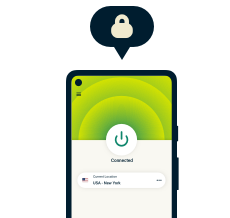
Protect your online privacy and security
30-day money-back guarantee

